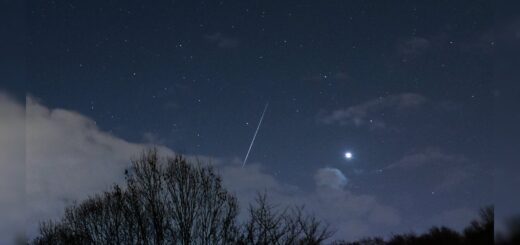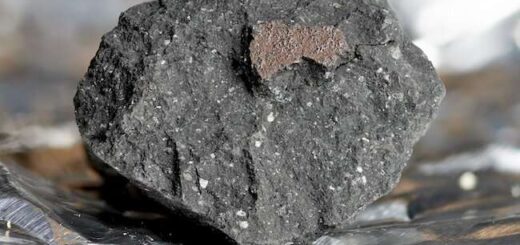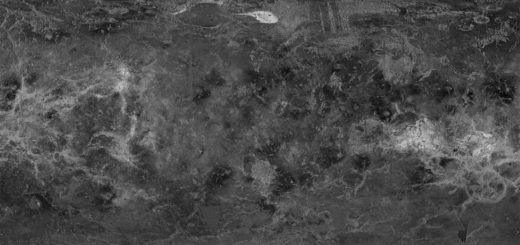World’s largest radio telescope to be built after almost 30 years of planning

Construction of the Square Kilometer Array (SKA) observatory, which is set to become the largest radio telescope ever built, will finally commence after nearly 30 years of preparations.
Work on the two sites in Australia and South Africa, where the two separate parts of the radio telescope network will be built, is set to begin July 1, representatives of the SKA Organisation (SKAO) announced at the annual meeting of the European Astronomical Society (EAS) on Tuesday (June 29).
The telescope, which will listen to radio signals in the vast range of frequencies between 70 MHz to at least 25 GHz, will have a total collecting area of one square kilometer. Instead of relying on a single extremely large dish, it will consist of a precisely designed network of dishes and antennas distributed across its two sites. The SKA-Mid array, to be located in the Karoo desert in South Africa, will use 197 dishes, each 50 feet (15 meters) in diameter, to listen to the middle frequency bands. The SKA-Low array, listening to the lower frequency bands, will consist of 131,072 antennas located in Western Australia north of Perth.
Related: The Very Large Array: 40 years of groundbreaking radio astronomy
Click here for more Space.com videos…
CLOSE
The construction was formally approved last week by the SKAO Council.
“I am ecstatic. This moment has been 30 years in the making,” SKAO Director-General Philip Diamond said in a statement. “Today, humankind is taking another giant leap by committing to build what will be the largest science facility of its kind on the planet; not just one but the two largest and most complex radio telescope networks, designed to unlock some of the most fascinating secrets of our Universe.”
The array will be able to detect objects that are so distant that the radio waves require 13 billion years to reach Earth, thus providing a glimpse into the earliest stages of the evolution of the Universe, Chiara Ferrari, who oversees France’s contribution to SKAO, said in a news conference held during the annual meeting of the EAS on Tuesday (June 29).
“SKA will be a game changer in many different fields, including astrophysics, cosmology and fundamental physics,” Ferrari said. “It will be uniquely positioned to answer some outstanding questions about the evolution of galaxies and offer us a unique opportunity to start studying the raw material behind the formation and evolution of bright sources from the cosmic dawn to current years.”
SKAO, which is expected to provide images of higher quality than the Hubble Space Telescope, according to the SKAO website, was first proposed in 1993 by the International Union of Radio Science. The countries supporting the project established the telescope’s governing organization, SKAO, in February this year. SKAO’s 16 member states jointly fund the $1.55 billion (€1.3 billion) construction of the telescope and the $0.83 billion (€0.7billion) required for the first decade of its operations.
The telescope will collect about 13 terabits of data per second, which is equivalent to downloading 300 high definition films every second, Philipa Hartley, a postdoctoral fellow at SKAO said in the news conference.
“The data will be uniquely complex compared to radio data and radio images we’ve had in the past,” Hartley said. “That’s because our telescopes are able to see farther into space than previous radio telescopes have been able to do. So our images will be uniquely busy, full of galaxies overlapping each other.”
According to a timeline published with the announcement, the observatory will start making its early scientific measurements in 2024 after the completion of the first two sub arrays.
Eventually, SKAO hopes to expand the telescope to include several hundreds of dishes and hundreds of thousands of antennas.



 Creators of mankind
Creators of mankind Description of “Tall white aliens”
Description of “Tall white aliens” Where they came from?
Where they came from? About hostile civilizations
About hostile civilizations The war for the Earth
The war for the Earth “Tall white aliens” about eternal life
“Tall white aliens” about eternal life Video: “Nordic aliens”
Video: “Nordic aliens” Aliens
Aliens Alien encounters
Alien encounters The aliens base
The aliens base UFO
UFO Technology UFO
Technology UFO Underground civilization
Underground civilization Ancient alien artifacts
Ancient alien artifacts Military and UFO
Military and UFO Mysteries and hypotheses
Mysteries and hypotheses Scientific facts
Scientific facts


















